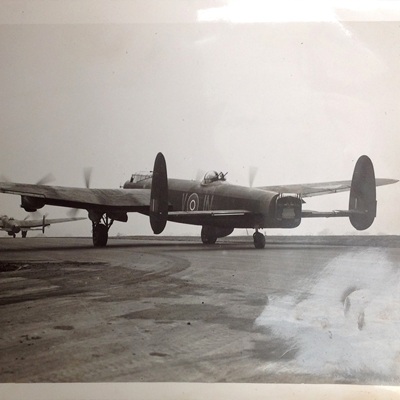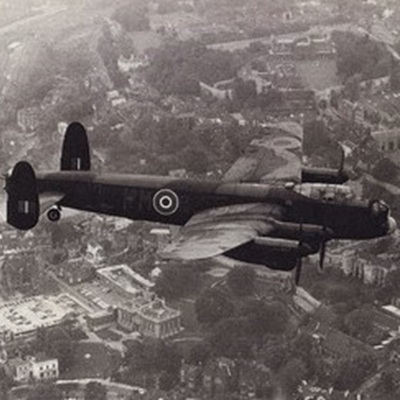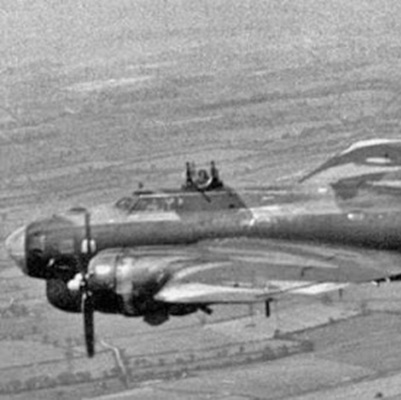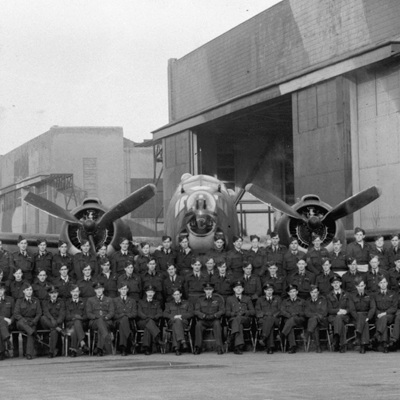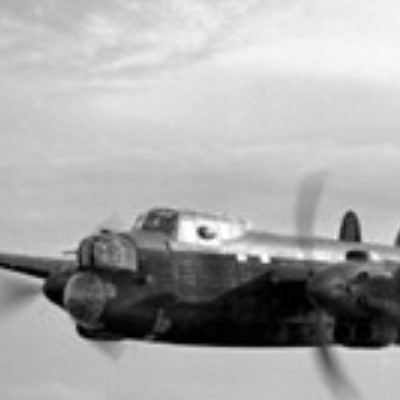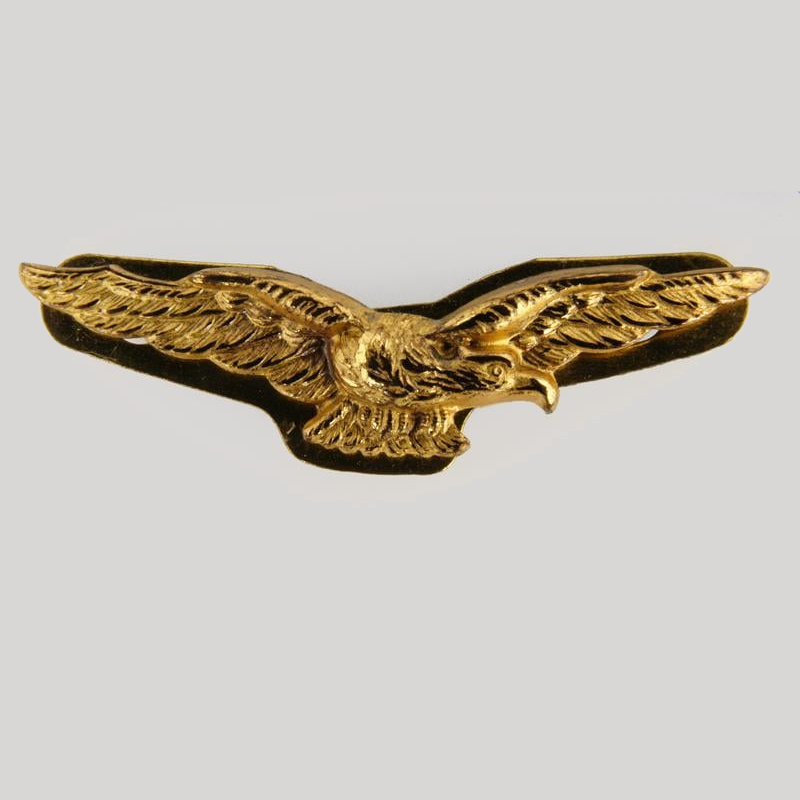Research
Research
Skipper at 21
The airmen who took to the skies were often remarkably young. Some in their teens, many just into their twenties, tasked with flying complex aircraft on perilous missions over enemy territory. Laurie McKenna recalls his first mission as skipper.
Lincolnshire – Bomber County
During the Second World War, Lincolnshire became a vital centre for Britain’s air war—earning its enduring title: Bomber County. With more RAF airfields than any other county, and Lincoln Cathedral standing watch over returning crews, this corner of England was the heart of RAF Bomber Command’s operations over Europe.
The Aircraft of Bomber Command – The Boeing B-17
When we think of the aircraft flown by the crews of Bomber Command, thoughts typically turn to the ‘heavies’ - the Lancaster, Stirling, and Halifax – and the nimble, multi-purpose Mosquito and the iconic Wellington. In fact a number of other aircraft were used through the course of the war and included several American types.
Remembering 487 (NZ) Squadron
The 487 (NZ) Squadron group are having a get together for family members of the squadron coming up on October 31st & November 1st in Christchurch.
The Aircraft of Bomber Command – the Avro Manchester
The Avro Manchester had a relatively short service life with Bomber Command suffering from several operational challenges. It is remembered, however, as the predecessor of the Avro Lancaster. In laying the groundwork for its later sibling, the Manchester’s is a story of ambition, technical challenges, and eventual triumph through iterative design.
Pathfinders
Pathfinders was the only officially delineated elite force in the RAF. They were target-marking squadrons in RAF Bomber Command. Their role was to locate and mark targets with flares, at which the main bomber force could aim, increasing the accuracy of their bombing.
